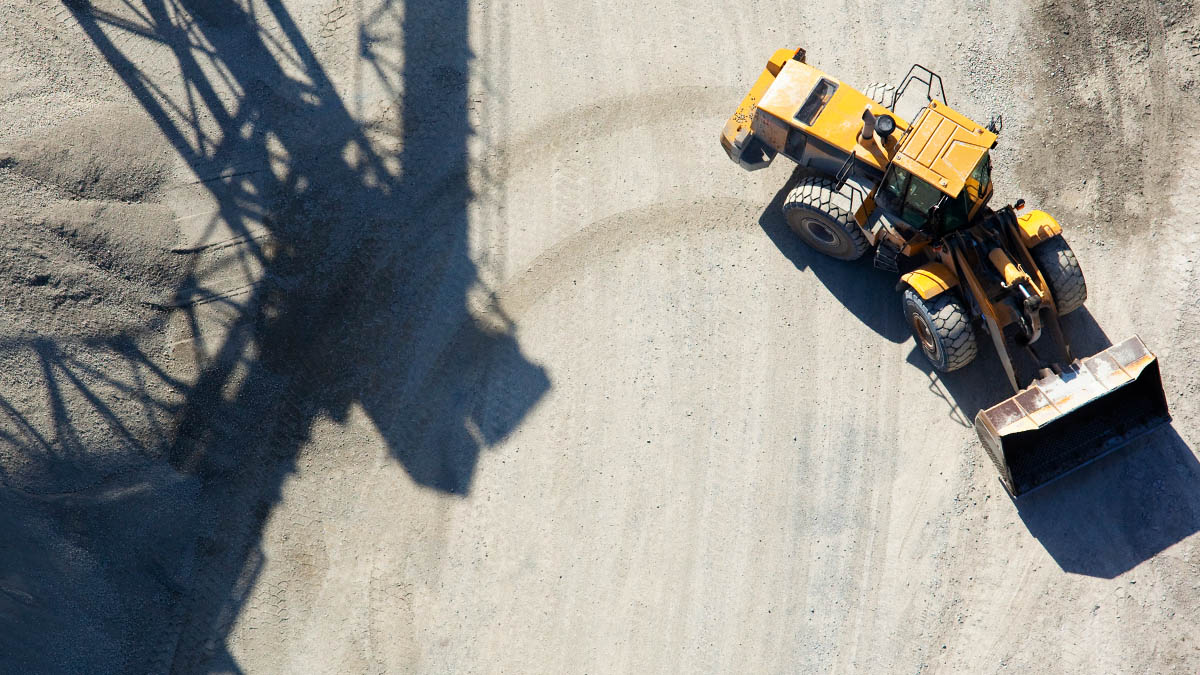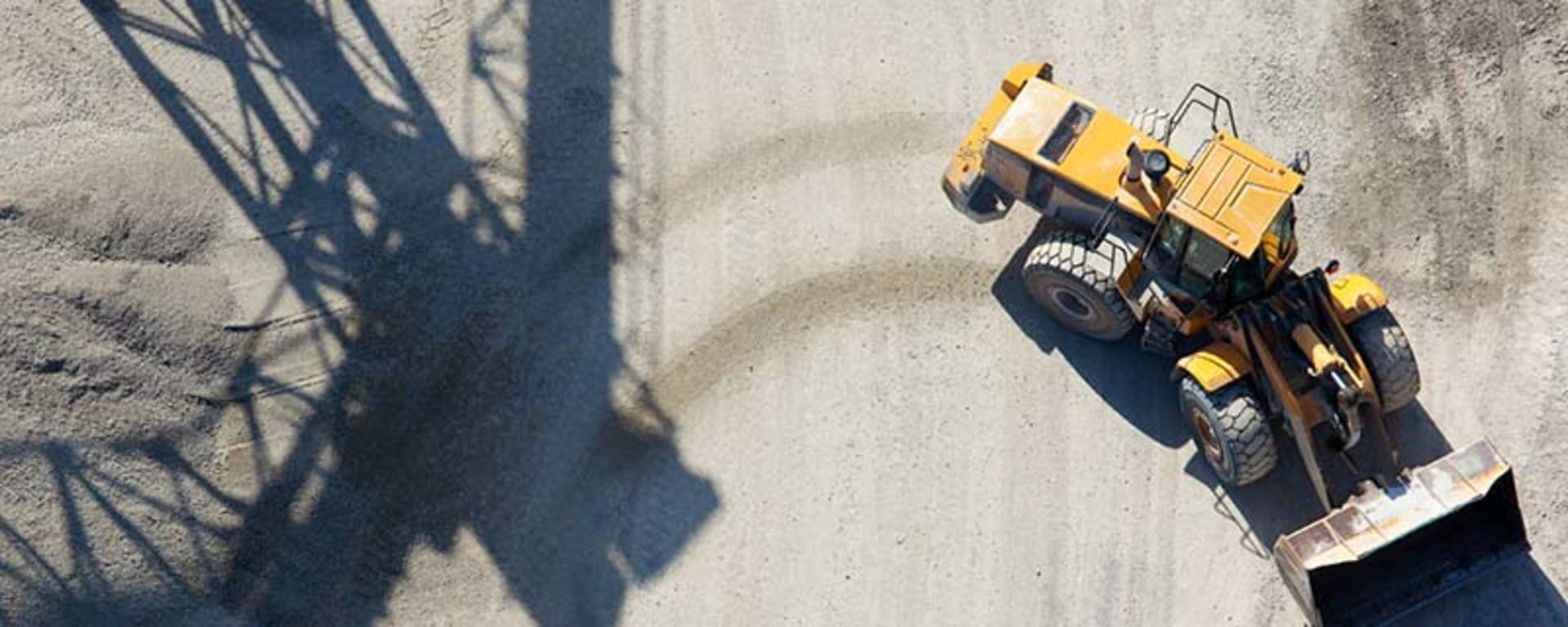ESG: three letters, three aspects of sustainability
Learn how to align your personal investment goals with aspects of sustainability without losing sight of the details that matter.
Published on 15.10.2020 CEST

40 billion euros are available in Germany to enable the EU’s largest coal producer and consumer to achieve its sustainable transformation. By 2038, the country has set itself a deadline to completely stop mining the brown gold. But are the coal regions ready to present a vision for their new economy in time? In principle, the money would be available on demand.
By
Nate Berg,
freelance journalist covering urban planning, architecture and new technologies. His essays appear in The Guardian, The New York Times and highly respected magazines.
We publish his report here as part of our Publishing Partnership with Wired UK.
By 2038, Germany’s coal industry – the source of 28 per cent of its net electricity generation – will disappear. The German government passed a new “coal exit” law laying out a timeframe for eliminating coal and its mines from Germany’s energy portfolio. For coal-linked towns like Spremberg, it’s a slow-motion existential crisis. It’s also the kind of hard deadline that spurs action.
“2038 is a very short timeframe,” says Spremberg mayor Christine Herntier. She explains that the local industry park, Schwarze Pumpe, is the source of 5,000 well-paying jobs. Half are directly tied to coal, and most of the others are indirectly linked to the industry. Unless something can take their place, the loss of these jobs may mean the end of this community and others like it in the region. “If we are not able to quickly create other jobs for our people in our city, in our region, then these people will become unemployed and these people will migrate,” Herntier says. “This is the biggest threat to cities like Spremberg.” Herntier is intimately familiar with the 2038 deadline because it’s a deal she helped create. As a member of a coal commission convened by the federal government, she spent much of 2019 developing the country’s coal exit playbook. The law, which was formally approved on July 3, imposes a gradual drawdown of coal production, with its first milestone a decrease in production at brown and black coal power plants from 42.5 gigawatts in 2017 to 30 gigawatts by 2022 and 17 gigawatts by 2030. The law also includes €40 billion (£36bn) worth of funding for the “structural change” of the country’s three main coal regions. Lausitz is expected to receive the largest share, roughly €14bn. Herntier and other officials are now trying to figure out how this money can kickstart a brand new industrial economy in less than two decades.
“Change is unstoppable”
Pao-Yu Oei, head of a research project on coal phaseouts at the Technical University of Berlin, makes no secret of it: „For environmental reasons, but also for economic ones, coal is starting to struggle to compete with renewable energy“, he says. Across the EU, black and brown coal consumption has fallen from 1.2 billion tonnes in 1990 to around 600 million tonnes in 2018. Great Britain is in the midst of a record stretch of coal-free electricity generation, with wind and solar providing nearly half is energy, and coal's share of the US energy mix continues to drop, as production is expected to decrease 25 per cent this year. Facing this reality, and soon, is essential if coal regions are going to be able to adapt to a post-coal economy, Oei says. “Those communities that start kicking off this transition that is anyhow happening, they will be the ones profiting from this. And those regions on the contrary that will be too defensive and that will not want to engage in this transition, they will be the ones left behind.”
The government’s €40bn is a lifeline for Germany’s coal regions, particularly Lausitz, a mostly rural peripheral area without many economic alternatives. The goal, broadly, is to help these regions reinvent themselves, replacing a dying industry with something new – or ideally multiple things. Ideas for the transition in Lausitz include opening community and job training centers and turning closed mines into lakes and developing tourist infrastructure on their shores.
Herntier has been instrumental in bringing this money to the region, both as part of the coal commission and also as the co-speaker of Lausitzrunde, a regional body of local officials who have joined forces to advocate for their shared interests in this uncertain future.
A variety of groups and programs are trying to help shape the region’s new identity. One program, Innovationsregion Lausitz, launched five years ago to help entrepreneurs adapt to new economic conditions. CEO Hans Rüdiger Lange says the organisation has worked with an estimated 150 startups and small companies, guiding launch strategies or helping established companies to expand beyond their primary focus serving the coal industry. The change has been gradual.
Hans Rüdiger Lange, CEO of the program Innovationsregion Lausitz:
“We have to look for opportunities and we have to be much more entrepreneurial than in this large-scale, big business thing they have specialised in before.”
Lange is conviced that this has to come with “a huge turn in terms of attitude.”
Another group, Lausitzer Perspectiven, has been convening civil society organisations from around the region to ensure locals are as involved as business and industry in informing funding priorities. They have been participating in a government funded project to draft a regional development strategy for the year 2050 that will create a “future-proof and livable Lausitz.” It remains to be seen how those funds will be distributed, but the future of Lausitz may turn out not so different from the past. The most significant projects shift the region’s focus from coal energy to alternative energy.
The chemical company BASF is opening an electric vehicle battery facility in the town of Schwarzheide, 25 miles west of Spremberg. To the north, in Jänschwalde, construction is underway on a power plant running on natural gas, which, although still a fossil fuel, creates only half as much carbon emissions as coal. And in Spremberg, a new hydrogen power plant is being built at Schwarze Pumpe, the town’s existing industrial park. A relatively new type of power plant, it will convert and store surplus renewable energy in the form of hydrogen that can then be converted back into electricity through a turbine or fuel cell – all without carbon emissions. Though it will not completely offset job losses from the drawdown of coal, the plant is expected to create between 600 and 800 jobs by the time it opens in 2025. Herntier says that two other plants are slated to follow, positioning Spremberg and its neighbors as a new kind of hydrogen region. “We think that will have a similar effect in the future as coal in the past hundred years,” she says.
Published on 15.10.2020 CEST
